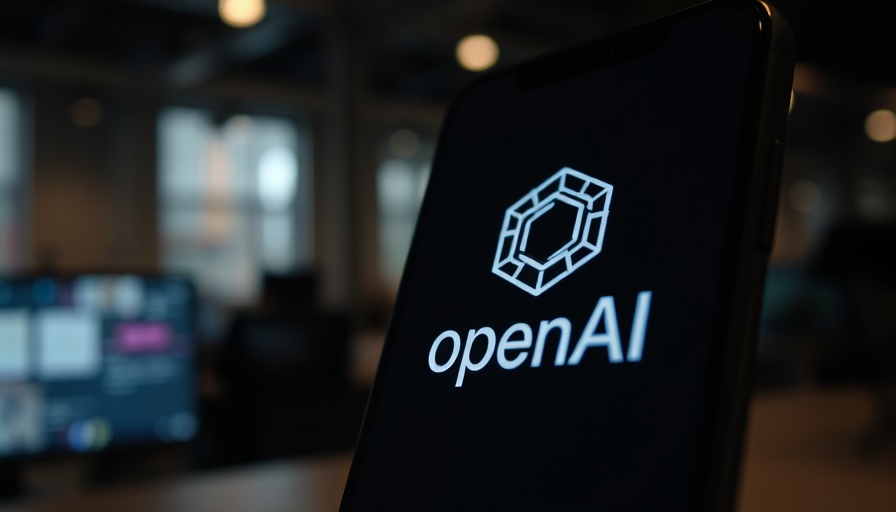
The Troubling Reality of AI Hallucinations
Artificial Intelligence (AI) has been heralded as a transformative technology, but it can also create serious issues when it makes assertions without a basis in fact. This was starkly demonstrated in the case of Arve Hjalmar Holmen, a Norwegian man who is seeking legal action against OpenAI after its chatbot, ChatGPT, falsely claimed he was convicted of killing his two children. This incident has raised significant concerns about the integrity of generative AI models and their impact on individuals’ reputations.
The Fallout from False Claims
When Holmen engaged with ChatGPT to inquire about any information regarding himself, he was presented with a disturbing answer that falsely recounted details of a tragic event involving his children. While the names and genders of his boys were correct, the implication that he was somehow involved in their deaths is not only damaging but slanderous. This also highlights a critical flaw in how generative AI systems handle sensitive data and the ramifications of their responses.
Legal Implications and Data Privacy
The complaint filed by the digital rights group Noyb brought to light significant ethical and legal questions surrounding AI usage. According to Noyb, the answer provided by ChatGPT constitutes defamation and violates European data protection regulations. They argue that a mere disclaimer at the end of the chatbot's output does not absolve it of the responsibility to provide accurate information. In a world where AI-generated content is increasingly intertwined with our daily lives, the potential for harm necessitates a robust framework for accountability.
The Growing Problem of Misinformation
This story is not an isolated incident; there have been similar cases involving AI systems. For instance, Microsoft’s Copilot falsely categorized a journalist, while Google's AI made absurd recommendations about eating rocks. These instances of “AI hallucination” present a critical challenge: how to ensure that AI tools do more good than harm. Experts believe that the current generation of AI, regardless of new versions like GPT-4.5, will continue to produce inaccuracies, which raises questions about trust and reliability in AI.
Making Sense of AI's Growing Role
As AI technologies become more embedded in our society, users must be aware of their limitations. Generative AI can provide assistance and insights but must be approached cautiously. Society needs to advocate for necessary changes in AI systems to mitigate risks while maximizing their benefits. OpenAI’s response to Holmen’s complaint may serve as a bellwether for how other tech companies address similar challenges.
How AI Misunderstandings Impact Our Trust
Holmen expressed his deep concerns about public perception, where the concern isn't merely about him but the broader implications regarding trust in technology. “Some think that there is no smoke without fire,” he said. The power of misinformation created by AI could lead to unjust social stigma and alter lives. This fear is pertinent, especially among those already scrutinized for their personal circumstances.
Moving Forward: The Need for Enhanced Transparency
As we continue to integrate AI into various facets of life, transparency must be prioritized. Developers should ensure that AI models are trained with diverse and comprehensive data to reduce the likelihood of generating false or damaging information. In addition, users should be equipped with the knowledge to critically assess AI outputs. Transparency in operations can foster greater trust between public-facing AI services and the users they serve.
Concluding Thoughts on Legal and Ethical Responsibilities
Holmen’s case urges us to re-examine our relationship with technology, week in and week out. While innovation in AI brings promise, the ethical obligations of creators cannot be overlooked. As the digital landscape evolves, accountability should remain a central tenet, ensuring individuals and communities are safeguarded from the perilous risk of misinformation. This calls for collective responsibility, where informed advocacy can enforce the ethical standards needed for safer AI usage.
Stay tuned to explore more about how AI impacts our lives and the potential legal frameworks that might emerge in response to such incidents.
 Add Row
Add Row  Add
Add 




 Add Row
Add Row  Add
Add 

Write A Comment